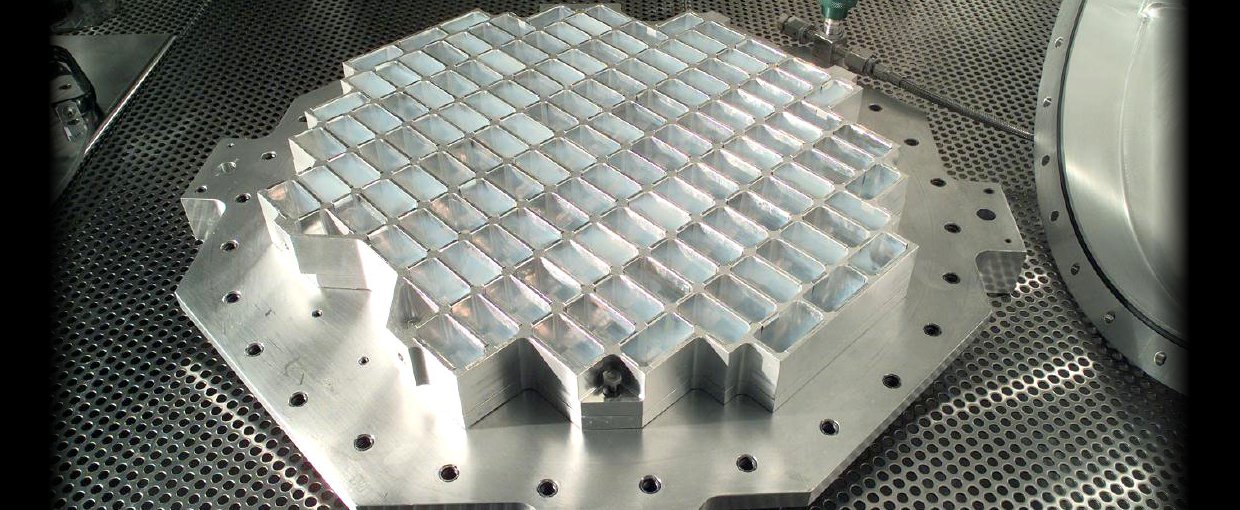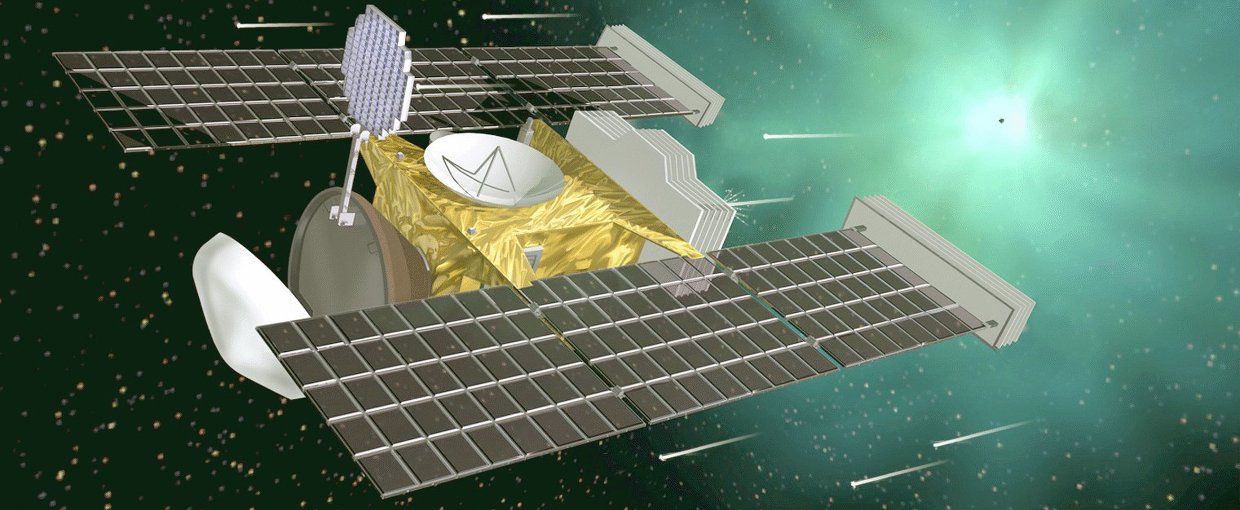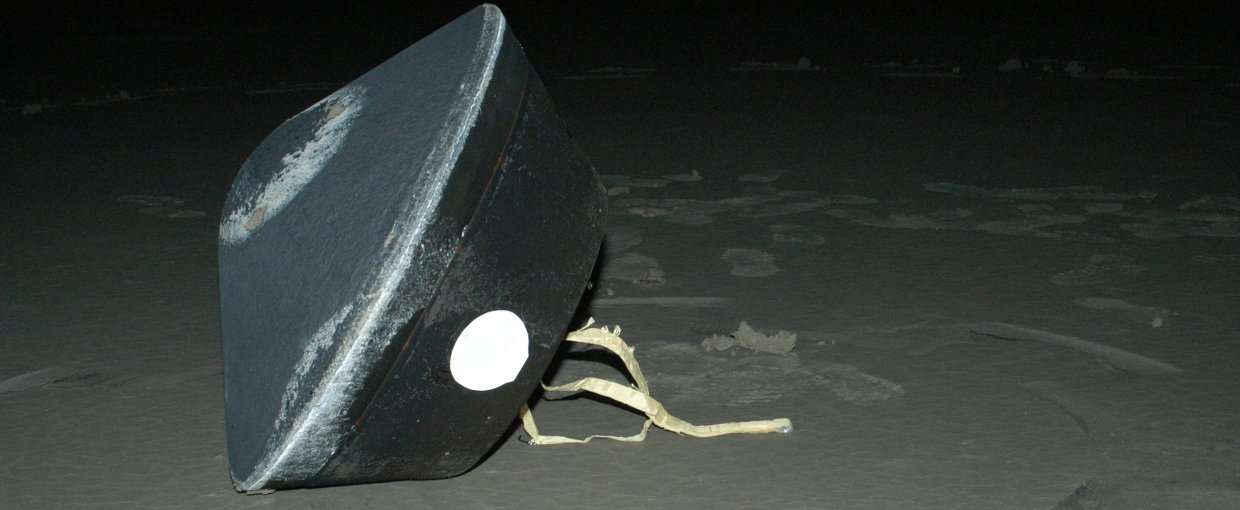
In 2004, the Stardust mission flew near the comet 81P/Wild 2 and gathered cometary and interstellar dust in a substance called aerogel. There were the first samples collected from a comet, and the mission returned them to Earth in 2006. Scientists expected that many of the Stardust samples would resemble anhydrous chondritic porous (CP) interstellar dust particles (IDPs) (collected from chondritic meteorites that fell to Earth). CP IDPs often contain GEMS, particles of glass with metals and sulfides embedded in them. GEMS are thought to be a component of one of the most primitive classes of interplanetary dust.
GEMs have not yet been unambiguously identified in Stardust samples, although candidate objects that are similar in texture and composition have been reported. A recent study examined one of these candidate samples in detail, comparing it to GEMs from an anhydrous, chondritic IDP. The results indicate that the GEM-like material is likely deceleration debris that arose as particles were embedded in the aerogel.
The study, “Comparison of GEMS in interplanetary dust particles and GEMS‐like objects in a Stardust impact track in aerogel,” was published in the journal Meteoritics and Planetary Science. This work was supported by the Emerging Worlds Program. The NASA Astrobiology Program provides resources for Emerging Worlds and other Research and Analysis programs within the NASA Science Mission Directorate (SMD) that solicit proposals relevant to astrobiology research.


